26 November, 2001
Nov 26th- The Best Sunday in Antarctica- Part Two
Part Two:
The Barnes Glacier was monstrous. The pictures from yesterday and today are
of the terminus of the glacier. This is the end of the glacier. Glaciers
are like moving rivers of ice. They are formed from years and years of snow
being compacted into ice. These "rivers" slowly move down hill due to their
own weight. Sometimes chunks of ice will calve (break) off of a glacier into
the sea. These chunks of ice are then known as icebergs. There are icebergs
in Antarctica that are the size of the state of Rhode Island!
The sea at the terminus of the Barnes Glacier is frozen. There are numerous
cracks in the sea ice. Seals use these cracks to get up onto the ice. So
far I have only seen seals from afar. I wonder if I'll get a chance to see
one up close?
After visiting the glacier, we loaded back up into the Delta and drove to
Cape Evans. In January of 1911 Captain Scott and his men built a hut there
as a base for their South Polar expedition. This is known as the Terra Nova
Hut. This hut was abandoned after the expedition. The surviving members of
the team left tons of belongings there. These items still remain. The hut is
now an official historic monument of Antarctica. Only twelve people are
permitted to enter the hut at a time. This is done for preservation
purposes.
Walking into the hut was like walking back in time. I couldn't believe that
I was actually entering into the place where Captain Scott and his men once
stayed. I have read many books about the expedition. To see the hut with my
own eyes was an unbelievable privilege. I felt like I was walking into a
sacred place.
The air inside the hut was musty with a slight burnt smell. The men used to
use seal blubber for cooking and for heat. It was dim inside with only the
light from the outside coming through the windows. There was an erie sense
of quiet about the hut. It felt like the men were with us.
After we left the hut, we headed to the ice caves. There are two caves that
are safe to enter. One of them requires you to squirm your way through a
tight tunnel on your elbows. As you get out of the tunnel, you have to stay
to the right because of a big drop on the left. This cave could only fit two
people at a time.
The other cave was big. This one was easier to get into, but slippery
none-the-less. A fellow TEA teacher, Jan French, broke her ankle in this
cave about three weeks ago. She had to go back to New Zealand to have
surgery. She is now back home in the States recuperating. Feel better Jan!
These caves were beautiful. The ice crystals inside were stunning. The ice
appeared blue. It felt like a magical land!

The terminus of the Barnes Glacier
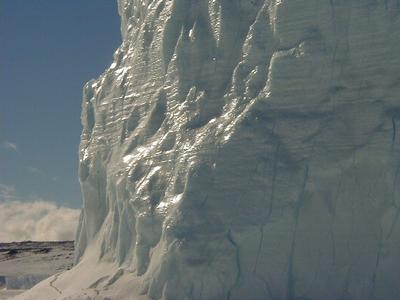
Notice the layers within the ice
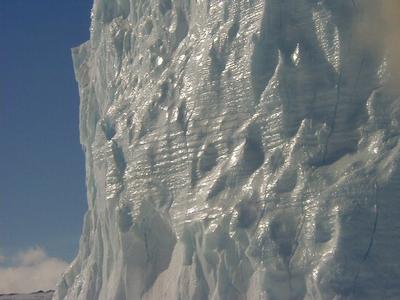

Sea ice crack
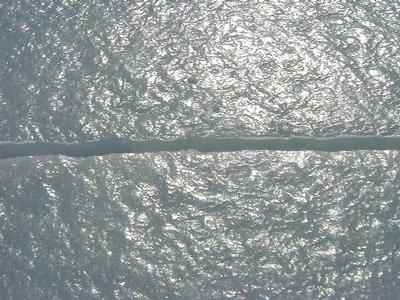
The sun glistening on a sea ice crack

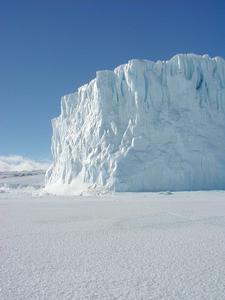
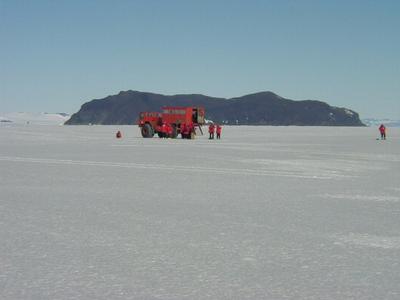
Getting back into the Delta
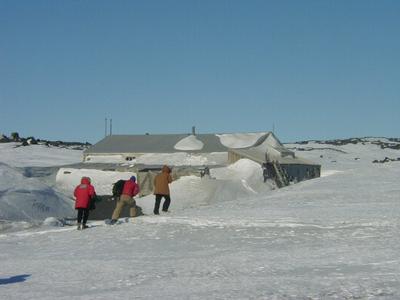
Tbe Terra Nova Hut
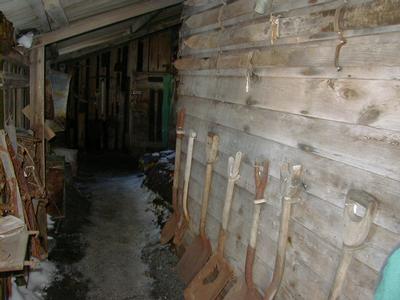
Entry way to the hut
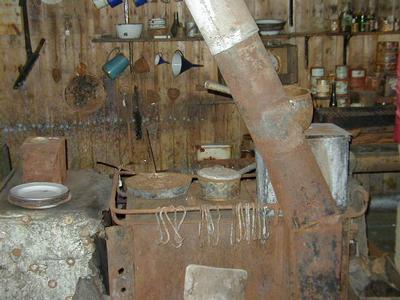
The galley--a stove pipe is in front
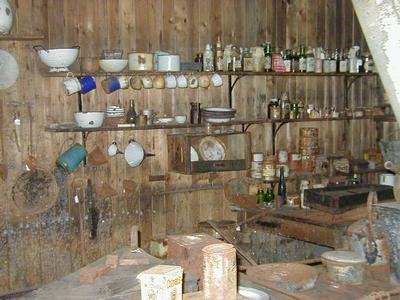
More broad view of the galley
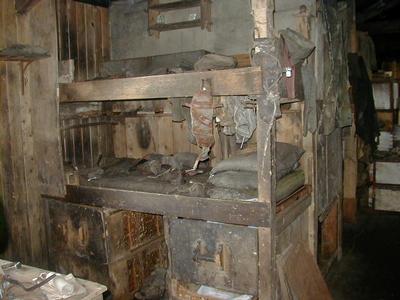
Bunks for some of the men
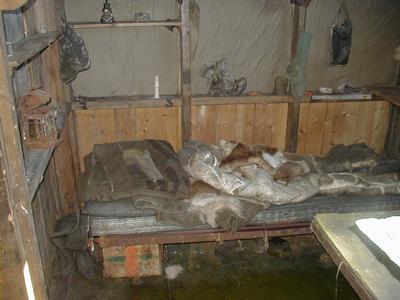
Captain Scott's bed

Clothing
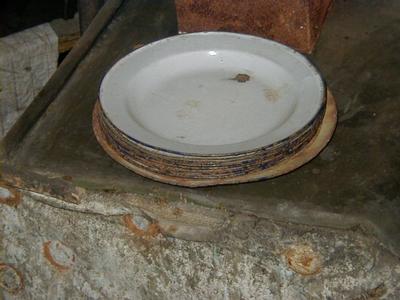
plates
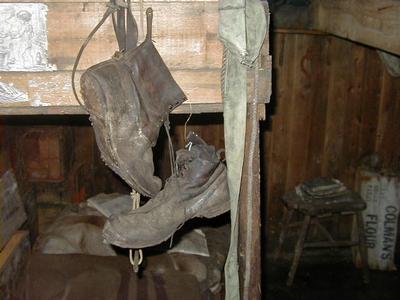
boots
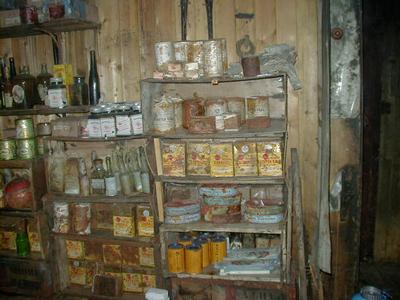
Food
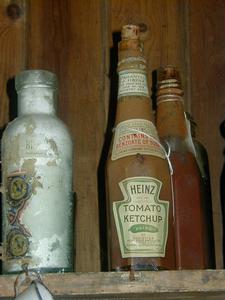
Do you recognize the bottle on the right?
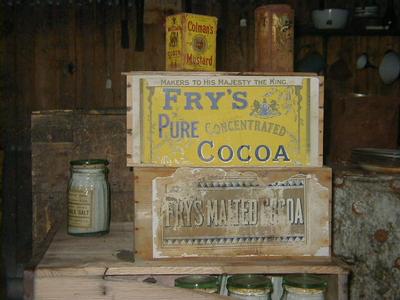
Cocoa
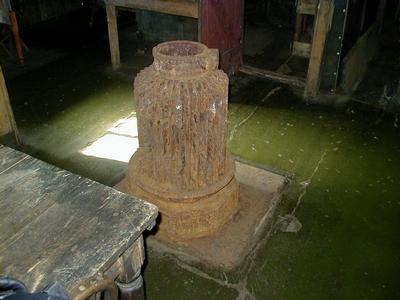
This is the stove that was fueled by seal blubber

biscuits
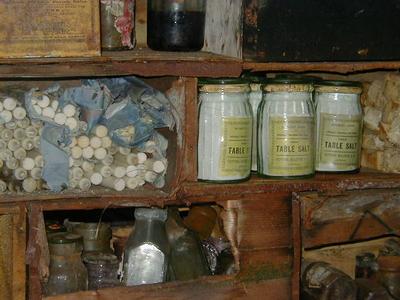
candles
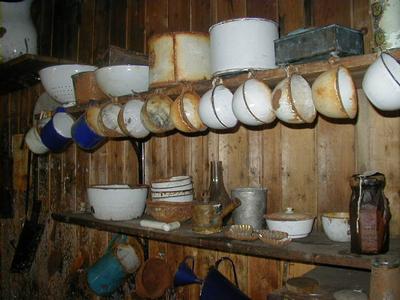
mugs
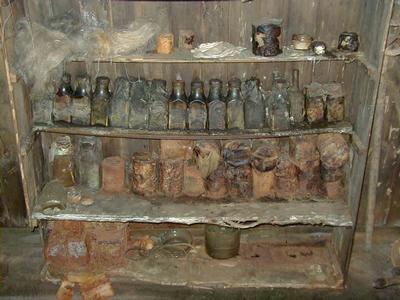
old bottles
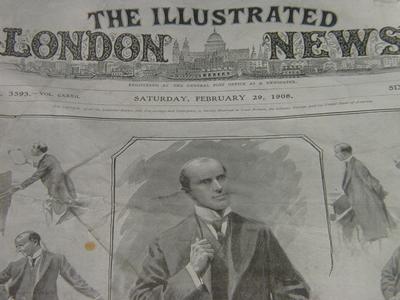
In 1911 this was considered an old newspaper
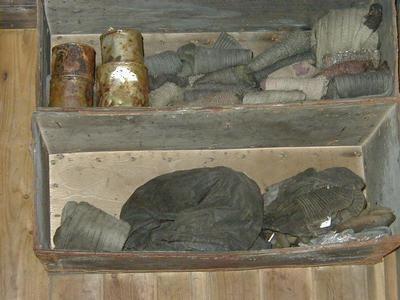
A shelf of items
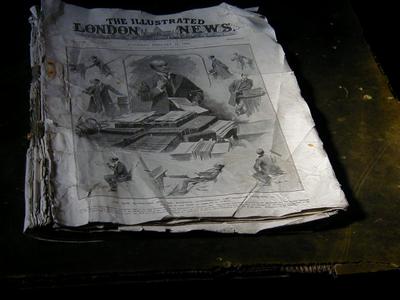
An old newspaper on Captain Scott's desk
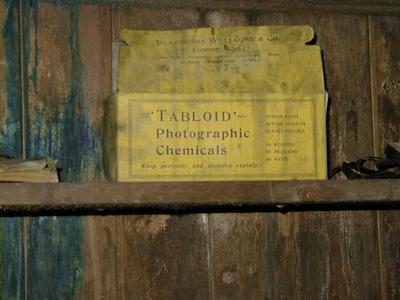
There was a darkroom for developing photographs in the hut
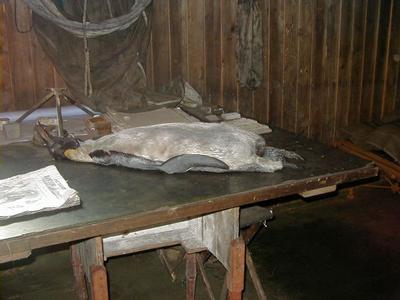
A stuffed Emperor penguin on Captain Scott's table
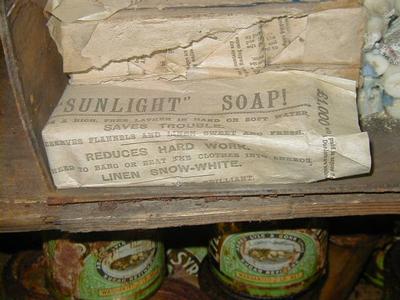
Soap!

The stables where the ponies were kept
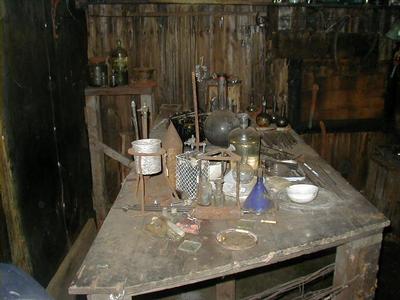
A table with various items
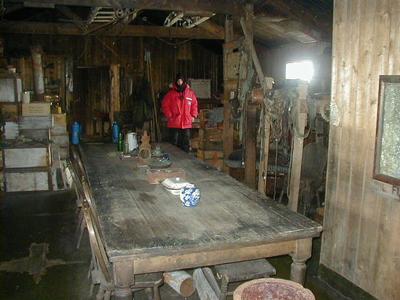
The dining table

Very old seal blubber

Heinz!

Leaving the hut
Contact the TEA in the field at
.
If you cannot connect through your browser, copy the
TEA's e-mail address in the "To:" line of
your favorite e-mail package.
|
